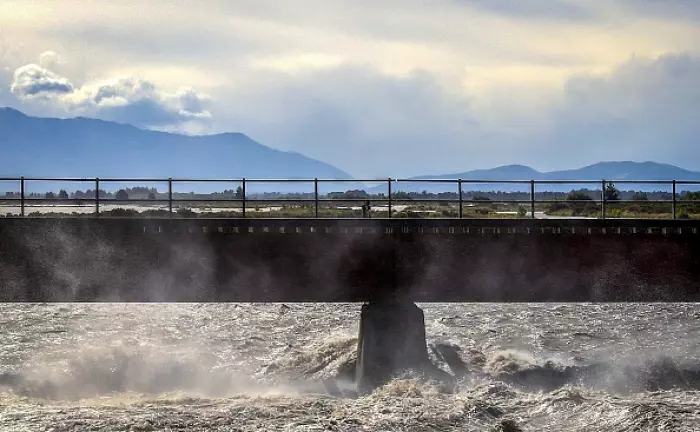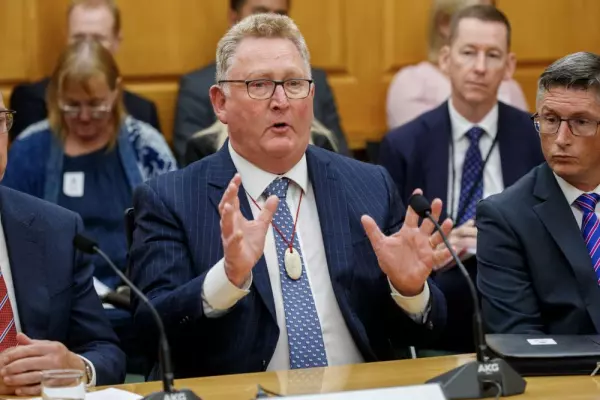New Zealand’s central bank says climate change is a risk to the financial stability underpinning the economy.
“The financial stability risks associated with climate change are significant, necessitating an urgent and collaborative response,” said Reserve Bank of NZ governor Adrian Orr.
Research by the National Institute of Water and Atmospheric Research (NIWA) indicates 30 centimetres of sea-level rise, which it believes is possible in the next 30 years, may expose $18.49 billion worth of buildings, 2,000km of roads, 4,000km of water pipelines, 1,600km2 of agricultural land and 14 airports to coastal flooding.
“Further research found that climate change is already contributing to the cost of extreme events,” it said in a report entitled Climate Changed 2021 and Beyond.
According to the bank, the title refers to the misconception that climate change is a problem for the future.
“The climate has already changed and with it we face a new financial, legal, economic and policy climate. Business as usual no longer exists,” it said.
The Insurance Council of New Zealand has reported that weather events created a new annual record of more than $274 million in insurance claims in 2020, it said.
“While this dollar amount is manageable, the direction of the trend warrants attention,” the RBNZ said.
It also noted that the scale and pace of a transition to a low-carbon economy can also create risks.
These are known as ‘transition risks’ and could mean significant shifts in asset values or stranded assets, or higher costs of doing business, it said.
Examples of transition risks would be emission pricing pushing up costs in the energy, transport or agriculture sectors, or changes in technology such as synthetic meat or a consumer shift to plant-based protein.
Similarly, high-emitting industries may find it harder to attract capital as investors green their portfolios, or face reputation risks and market access issues such as carbon-related border taxes, it said.
There are also liability risks; for example, people or businesses seeking compensation for losses they may have suffered due to climate change.
Overall, the transmission of climate risk to the financial system needs to be better understood and is difficult to measure, it said.
The central bank’s climate change strategy includes measuring and managing its own operational emissions, working directly with regulated entities on climate-related risk management, including stress testing and supervisory frameworks and leading the Council of Financial Regulators’ climate workstreams.
Among other things, its plan is to build up gradually over the next 18 months to a full climate change scenario-based industry stress test.
The Reserve Bank is also an active member, along with 95 other central banks and supervisors, of the Network of Central Banks and Supervisors for Greening the Financial System.














